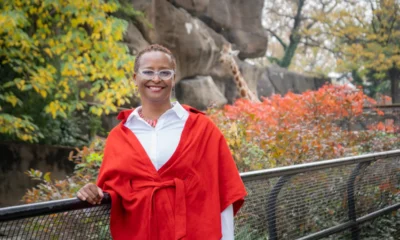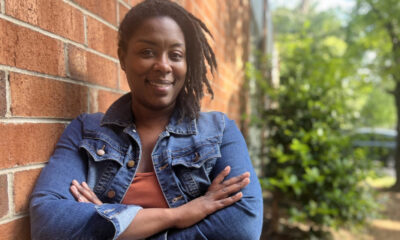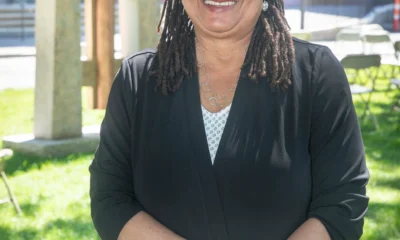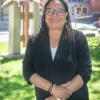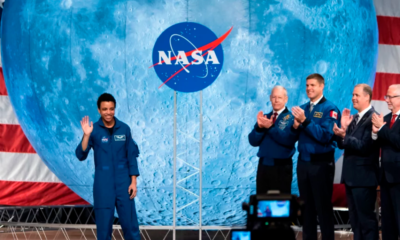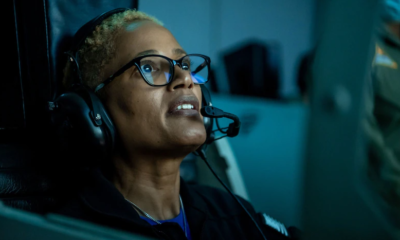Black Women in Science
Jackson Elementary School in Utah, Named for Andrew Jackson, Votes to Rename Itself after Mary Jackson, NASA’s 1st Black Female Engineer
An elementary school in Utah has traded one Jackson for another in a change that many say was a long time coming.
Jackson Elementary School in Salt Lake City will no longer be named for Andrew Jackson, the seventh U.S. president, whose slave ownership and treatment of Native Americans are often cited in the debate over memorializing historical figures associated with racism.
Instead, the school will honor Mary Jackson, the first black female engineer at nasa whose story, and the stories of others like her at the space agency, was chronicled in Hidden Figures, a 2016 film based on a book of the same name by Margot Lee Shetterly.
A unanimous vote by the the Salt Lake City school board this week was met with a standing ovation from the crowd in the room, reports The Salt Lake Tribune’s Erin Alberty. School employees and parents have discussed changing the elementary’s school name “for years,” Alberty reported, and last year started polling and meeting with parents, alumni, and others. More than 70 percent supported the change. Of the school’s 440 students, 85 percent are students of color, according to the Salt Lake City School District.
Mary Jackson, a native of Hampton, Virginia, worked as a math teacher, a receptionist, and an Army secretary before she arrived at NASA’s Langley Research Center in 1951 as a member of the West Area Computing unit, a segregated division where African American women spent hours doing calculations with pencil and paper, including for the trajectories of the country’s earliest space missions.
Two years in, a NASA engineer picked Jackson to help him work on a wind tunnel that tested flight hardware by blasting it with winds nearly twice the speed of sound. The engineer suggested Jackson train to become an engineer. To do that, Jackson had to take night courses in math and physics from the University of Virginia, which were held at the segregated Hampton High School. Jackson successfully petitioned the city to let her take the classes. She got her promotion to engineer in 1958. After 34 years at the space agency, Jackson retired in 1985. She died in 2005, at the age of 83.
Aside from her pioneering work at NASA, the new namesake of Jackson Elementary was also known for her work with young students. She taught math at an all-black school in Maryland and worked at the United Service Organizations club in Hampton, Virginia, which served the black community. In the 1970s, she helped children at the community center build a wind tunnel for science experiments, according to a NASA biography. “We have to do something like this to get them interested in science,” Jackson said at the time. “Sometimes they are not aware of the number of black scientists, and don’t even know of the career opportunities until it is too late.”
Those opposed to continuing to honor Andrew Jackson point to the former president’s slave ownership and deadly policies toward Native Americans. The number of enslaved men and women at Jackson’s 1,000-acre plantation in Tennessee grew from nine in 1804 to more than 100 at the time of his death in 1845. In his first term in office, Jackson carried out the forced removal of various Native American tribes in the southeastern United States to other parts of the country, known as the “Trail of Tears,” that resulted in the deaths of thousands.
“It kind of surprised me when I learned that he was a really bad person,” a student at Jackson Elementary school told the Tribune. She said she learned through a school project that her family’s ancestors were slaves from North Africa. “I didn’t know they…
Please read more- Jackson Elementary School in Utah, Named for Andrew Jackson, Votes to Rename Itself after Mary Jackson, NASA’s 1st Black Female Engineer






